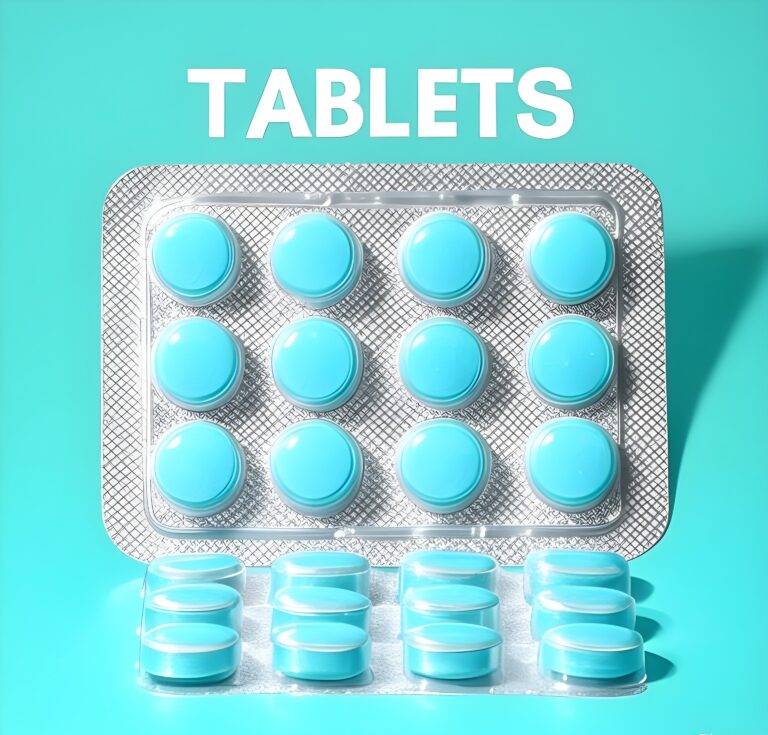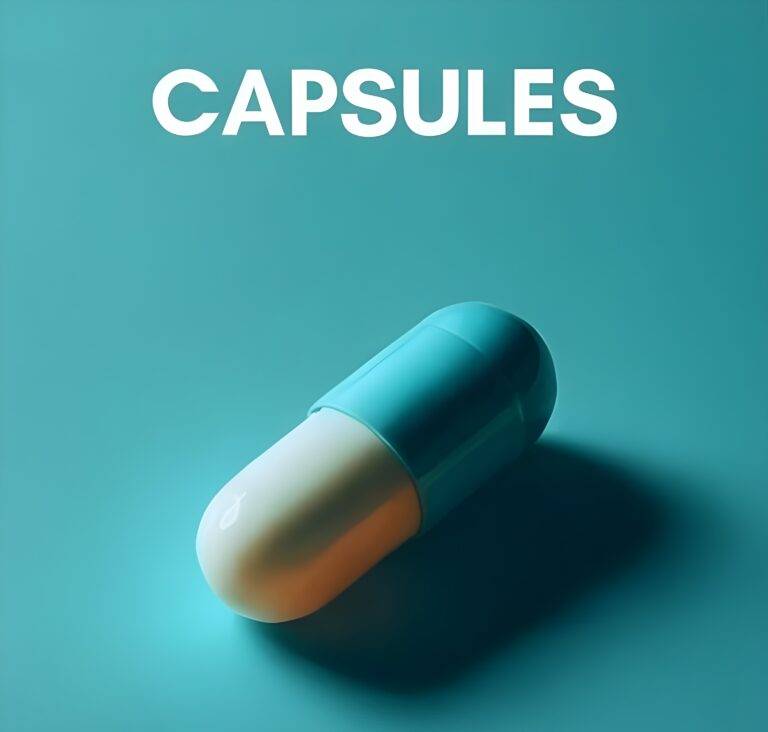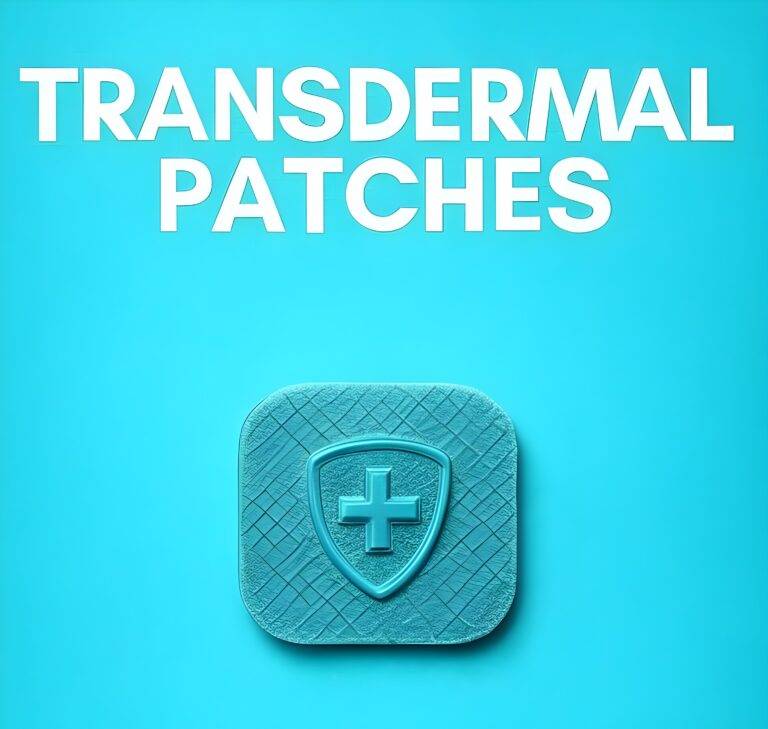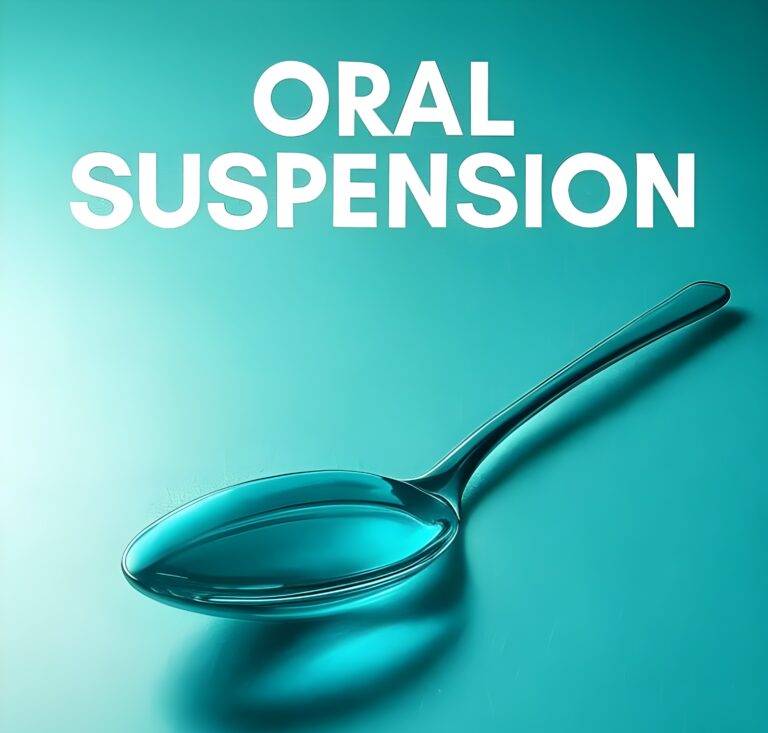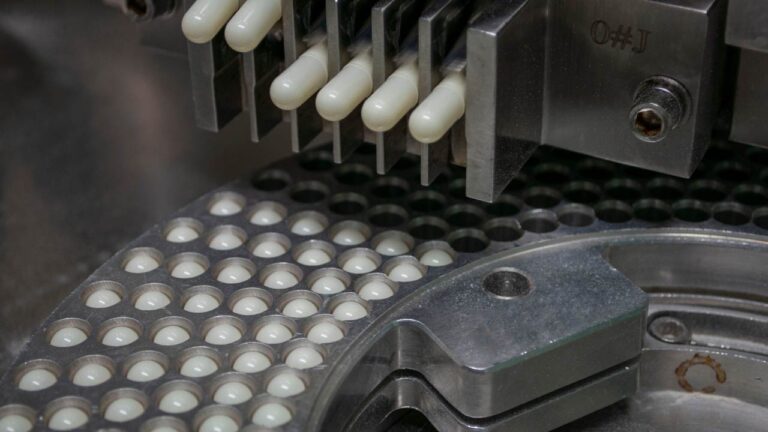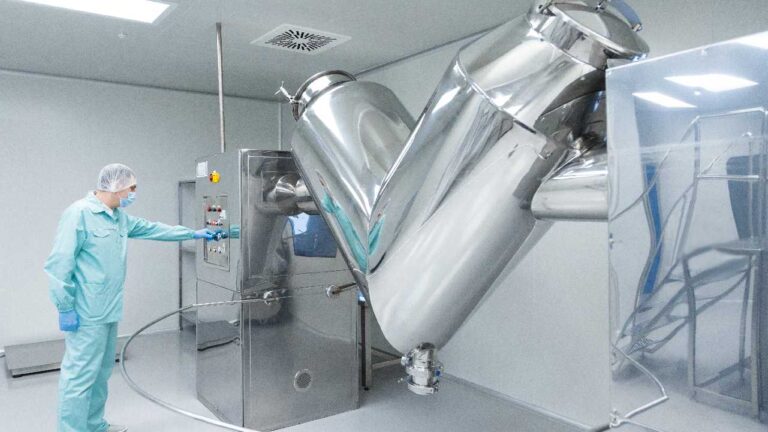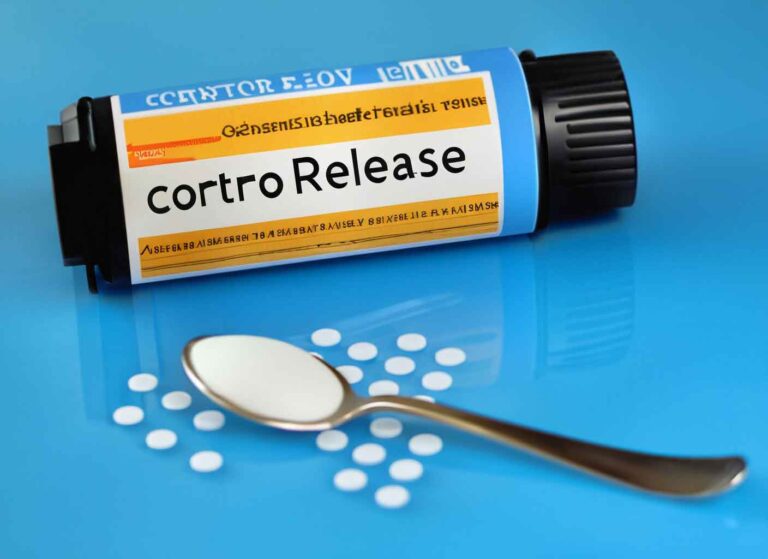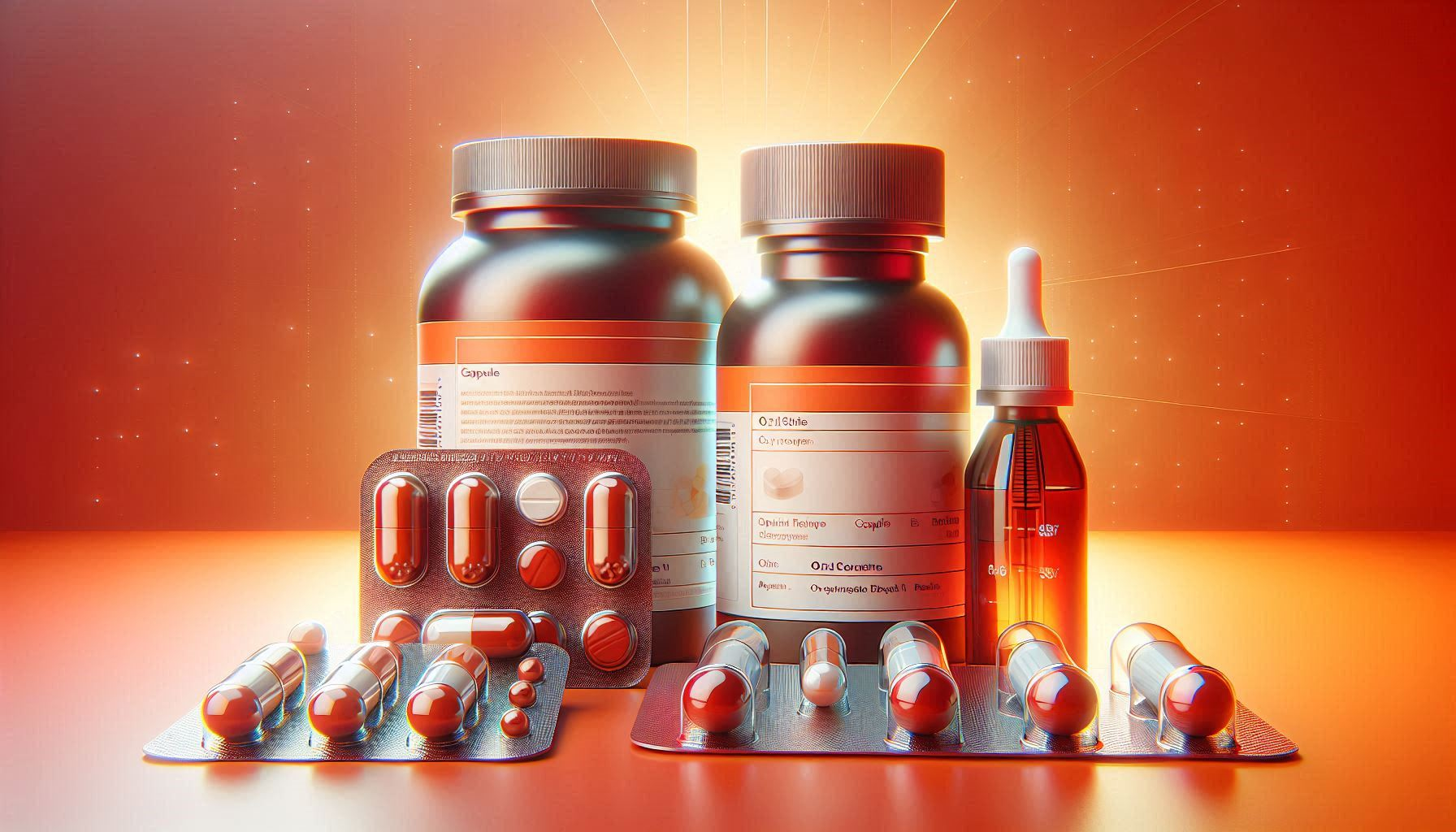
Over-the-counter (OTC) products are medications available for consumer purchase without the need for a prescription. These products undergo rigorous regulation to ensure their safety and efficacy, enabling self-treatment of various minor health issues. OTC medications play a crucial role in the healthcare continuum, offering a convenient and cost-effective means for individuals to manage common health concerns such as pain, colds, or digestive issues. The ready availability of OTC products contributes to healthcare system efficiency by reducing the need for medical consultations for non-critical conditions. As the healthcare landscape progresses, the significance of OTC medications continues to grow, granting consumers the power to make informed health choices.
Additionally, OTC products often include clear labeling with dosing instructions, warnings, and active ingredients to guide consumers in their safe use. Many OTC medications also come in various forms, such as liquids, chewables, or topicals, to accommodate different preferences and needs. For companies like Hycon Labs, the development of OTC products includes creating dosage forms that cater to special populations, including pediatric, geriatric, and dysphagic patients, ensuring accessibility and ease of use. The analytical teams at such companies play a pivotal role in maintaining quality throughout the drug development process, from clinical to commercial scale. The evolution of OTC medications reflects a broader shift towards patient-centered care, where individuals are encouraged to participate actively in their health management, supported by accessible and reliable medication options.
The OTC Drug Manufacturing Process
Conceptualization and Ingredient Selection: The journey of drug development begins with the conceptualization phase, where researchers identify the active pharmaceutical ingredients (APIs) that will form the basis of the new drug. These APIs are chosen based on their potential to treat specific conditions or diseases. The selection process is governed by stringent regulatory guidelines, which include compliance with the Over-The-Counter (OTC) drug monograph. This monograph specifies the acceptable ingredients, dosages, and labeling requirements for various therapeutic categories.
Formula Development and Lab Testing: Following the selection of APIs, the formulation development phase commences. This involves creating experimental batches of the drug and conducting rigorous laboratory testing. The objective is to develop a formulation that is safe, effective, and of high quality. Researchers must consider factors such as the drug’s stability, its interaction with other components, and the delivery mechanism.
Container and Closure System Selection: The packaging of the drug product is a critical component of the development process. The selection of containers and closure systems must ensure the protection and integrity of the drug. Materials are tested for compatibility with the drug to prevent reactions that could compromise the drug’s effectiveness or safety.
Development Specifications: Specifications for the drug development process are established to guide the manufacturing and ensure consistency. These specifications cover the quality of raw materials, the components of the container and closure systems, and the characteristics of the finished drug product.
Validation of Testing Methodologies: Testing methodologies used throughout the development process must be validated to ensure their reliability. This validation confirms that the methods are suitable for their intended purpose and can accurately measure the drug’s properties and effects.
Determining Expiration Date: The expiration date of the drug product is determined through stability testing. A batch of the drug is subjected to conditions that simulate aging to predict its shelf life. This ensures that the drug remains safe and effective until the expiration date.
Product Label Creation: The creation of the drug product label is a meticulous process that requires compliance with regulatory standards. The label must provide accurate information about the drug, including usage instructions, warnings, and the concentration of active ingredients.
Process Validation: The manufacturing process itself undergoes validation to confirm that it consistently produces a product that meets all predetermined specifications. This includes ensuring that the equipment and operating parameters are suitable for producing the drug product.
Drug Listing: Finally, the drug product must be listed with the regulatory authorities, providing detailed information about its formulation, labeling, and intended use.
Key Characteristics of OTC Drugs
The Journey of OTC Drug Development: The development of an OTC drug is a complex process that begins with rigorous scientific research. Pharmaceutical companies invest significant resources in identifying compounds that can treat common ailments safely without the need for a doctor’s prescription. Once a promising compound is identified, it undergoes a series of preclinical tests to assess its safety and efficacy.
If preclinical results are positive, the compound enters clinical trials, which are conducted in phases to further evaluate its safety, dosage, and effectiveness in humans. These trials are critical in determining whether the drug can be used safely without medical supervision.
Formulation and Manufacturing: The formulation of an OTC drug is designed to ensure stability, efficacy, and patient compliance. It involves selecting appropriate excipients (inactive ingredients) that aid in the drug’s delivery and absorption. Manufacturing processes must adhere to strict quality control standards known as Good Manufacturing Practices (GMP). These standards ensure that each batch of the drug is consistent in quality and free from contaminants.
Balancing Benefits and Risks: OTC drugs are intended to treat conditions that are self-diagnosable and self-limiting. The benefits of these drugs must significantly outweigh their risks, which is why they undergo a benefit-risk assessment by regulatory agencies. This assessment considers factors such as the drug’s safety profile, potential for misuse, and the likelihood of adverse reactions.
Global Regulatory Approval: Regulatory agencies around the world, such as the FDA in the United States and the EMA in Europe, are responsible for the approval of OTC drugs. These agencies review the drug’s data on safety and efficacy to ensure that it meets the required standards for self-medication. The approval process also involves evaluating the drug’s labeling to ensure that it provides clear instructions for use and warnings about potential risks.
Regional Variations in OTC Drug Classification: The classification of a drug as OTC varies by region due to differences in healthcare systems, cultural practices, and disease prevalence. What may be available OTC in one country could require a prescription in another. These regional differences necessitate a thorough understanding of local regulations by pharmaceutical companies looking to market their products globally.
Self-Medication with OTC Drugs: Self-medication is a common practice that allows individuals to manage minor health issues independently. However, it requires consumers to be well-informed about the drugs they are using. Adequate labeling and public health campaigns play a crucial role in educating consumers about the proper use of OTC drugs and the importance of following dosage instructions.
Characteristics of OTC Drugs: OTC drugs share several key characteristics:
- Safety: They must have a wide safety margin and pose minimal risk when used according to the label.
- Low Potential for Misuse: They should have a low likelihood of misuse or abuse.
- Self-Diagnosable Conditions: They are intended for conditions that consumers can recognize and manage on their own.
- Adequate Labeling: They come with comprehensive labeling that provides clear usage instructions and safety information.
- No Need for Medical Supervision: They can be used safely without the oversight of a healthcare provider.
The Future of OTC Drugs: The OTC drug market continues to evolve, with new products and formulations being developed to meet the changing needs of consumers. Advances in drug delivery systems, such as extended-release formulations and novel administration routes, are enhancing the effectiveness and convenience of OTC medications.
Accessing OTC Drugs in the U.S.
Regulatory Landscape of OTC Drugs: The regulatory framework for OTC drugs in the U.S. is designed to ensure that these medications are safe, effective, and appropriately labeled for consumer use. The Food and Drug Administration (FDA) is the federal agency responsible for overseeing the OTC drug market. There are two primary pathways for OTC drugs to enter the market:
- OTC Monograph Process: This is a regulatory pathway where OTC drugs can be marketed without a New Drug Application (NDA) if they conform to a “monograph” – a kind of “recipe book” covering acceptable ingredients, doses, formulations, and labeling. Monographs are developed through a public review process and provide a clear standard for the ingredients in these drugs.
- New Drug Application (NDA) Process: For drugs that do not fit within an existing monograph, or for new drugs, companies must submit an NDA to the FDA. The NDA must provide detailed data demonstrating the drug’s safety and efficacy for its proposed use.
In recent years, there have been significant regulatory changes aimed at modernizing the OTC drug review process. The CARES Act, signed into law on March 27, 2020, reformed the way certain OTC drugs are regulated in the United States, moving from a rulemaking process to an administrative order process. This change is intended to streamline the review process and make it less burdensome, potentially allowing for more innovative and safe OTC products to enter the market.
Market Dynamics and Trends: The OTC drug market in the U.S. has been experiencing steady growth. Factors contributing to this growth include the high cost of prescription drugs, which has led many consumers to turn to OTC options for self-medication. Product innovation and the introduction of new OTC drugs also play a significant role in market expansion.
Recent studies indicate that the OTC drug market size is estimated to reach significant figures in the coming years, with a compound annual growth rate (CAGR) reflecting healthy growth. The market is segmented by product type, including cough, cold, and flu products, analgesics, dermatology products, gastrointestinal products, vitamins, minerals, and supplements (VMS), among others. Distribution channels for these products include hospital pharmacies, retail pharmacies, and increasingly, online pharmacies.
Economic Impact: OTC drugs offer substantial economic benefits to the U.S. healthcare system. They provide consumers with accessible and affordable treatment options for a variety of common conditions. The availability of OTC medications results in considerable savings relative to the cost of prescription drugs and medical consultations. For every dollar spent on OTC medicines, it is estimated that the U.S. healthcare system saves a significant amount, translating to billions in annual savings.
Consumer Behavior: Consumer behavior towards OTC drugs is influenced by the ease of access and the ability to self-treat minor ailments. Studies show that a significant percentage of adults use OTC medicines as their first response to minor health issues. The average consumer makes numerous trips per year to purchase OTC products, indicating a high level of reliance on these medications for health management.
The Vast OTC Landscape
Development and Market Overview: The OTC drug market in the U.S. is a dynamic and integral part of the healthcare system, offering consumers access to a wide range of medications for self-treatment. The market has evolved significantly over the years, with a current estimated revenue of approximately $41.24 billion. It is projected to grow annually by 3.66% from 2024 to 2029, with the largest segment being Cold & Cough Remedies. The U.S. leads globally in generating the highest revenue in the OTC Pharmaceuticals market.
Consumer Behavior and Sales: American households spend about $338 per year on OTC products, reflecting the trend towards natural and herbal remedies within the OTC Pharmaceuticals market. The convenience and affordability of OTC medicines lead to significant retail trips annually for these products.
Active Ingredients and Therapeutic Categories: OTC drugs in the U.S. contain approximately 800 significant active ingredients used across more than 80 therapeutic categories. These categories encompass a broad spectrum of health needs, from acne treatments to weight control medications, antacids, antiflatulents, topical antifungals, antiemetics, cough and cold remedies, and internal analgesics.
Economic Impact: OTC medicines create an estimated $146 billion in annual savings for the U.S. healthcare system. This includes savings from avoided doctor’s office visits, diagnostic testing, and lower-priced OTCs versus prescription medicines. OTC medicines also contribute to productivity benefits by keeping the workforce healthy and at work.
Regulatory Landscape: The U.S. Food and Drug Administration (FDA) oversees the labeling and safety of OTC products. The FDA’s OTC Drug Facts Label regulation mandates that OTC drug products comply with standardized format and content requirements to ensure consumer safety and informed usage.
Future Outlook: The market size for OTC drugs in the U.S. reached $25.4 billion in 2023 and is expected to grow to $37.6 billion by 2032, exhibiting a growth rate (CAGR) of 4.45% during 2024-2032. This growth reflects the increasing reliance on OTC medications by consumers for self-care and the management of minor ailments.
Bringing OTC Drugs to Market
FDA Oversight and the Role of CDER: The Food and Drug Administration (FDA), through its Center for Drug Evaluation and Research (CDER), is the federal agency responsible for the oversight of OTC drugs in the United States. The CDER’s mission is to protect public health by ensuring that OTC drugs are both safe and effective for consumer use. This is achieved through a comprehensive regulatory framework that encompasses the development, testing, manufacturing, labeling, and post-market surveillance of these products.
OTC Drug Development Pathways: There are two primary pathways for the development and approval of OTC drugs
- OTC Monograph Process
- The OTC monograph process is a regulatory pathway for the review and approval of nonprescription drugs based on therapeutic categories, such as antacids or antiperspirants.
- This process is often described as a “recipe book” approach, where the FDA establishes conditions under which certain active ingredients are considered generally recognized as safe and effective (GRASE) for specific uses.
- The monograph process is a multi-step procedure that includes the issuance of an Advance Notice of Proposed Rulemaking (ANPR), a Tentative Final Monograph (TFM), and ultimately, a Final Monograph that codifies the conditions under which a drug is GRASE.
- New Drug Application (NDA) Process
- The NDA process is utilized for drugs that do not fit within an existing monograph or for new therapeutic indications.
- It involves the submission of an NDA to the FDA, which must include data from clinical trials demonstrating the drug’s safety and efficacy.
- The NDA must provide comprehensive information about the drug’s composition, manufacturing process, proposed labeling, and results of clinical studies.
- OTC Monograph Process
Categorization of Active Ingredients: The FDA categorizes active ingredients in OTC products into three categories based on the available safety and effectiveness data:
- Category I: Ingredients that are GRASE for their claimed therapeutic indications.
- Category II: Ingredients that are not GRASE or have unacceptable indications.
- Category III: Ingredients for which there is insufficient data to determine GRASE status.
CGMP Compliance in Manufacturing: Manufacturers of OTC drugs must comply with Current Good Manufacturing Practices (CGMP) regulations, which are designed to ensure that products are of high quality and do not pose any risk to consumers. CGMP covers a wide range of manufacturing processes, including the quality control of raw materials, the design and maintenance of manufacturing facilities, and the testing of product batches.
Post-Market Surveillance and Enforcement: After an OTC drug is marketed, the FDA continues to monitor its safety and efficacy through post-market surveillance programs. This includes the review of adverse event reports, periodic inspections of manufacturing facilities, and enforcement actions when necessary to protect public health.
The Crucial "Drug Facts" Label
In-Depth Look at Labeling Standardization:
The “Drug Facts” label is not just a random assortment of information; it’s a carefully crafted communication tool that reflects a public health initiative. The development of this label format was based on extensive research into consumer behavior and understanding. Studies showed that consumers often misunderstood or did not read medication labels, leading to misuse that could result in serious health consequences. The standardized label is the FDA’s response to this issue, aiming to minimize errors in self-medication by making information more accessible and easier to understand.
The label’s design is based on the principles of information design and plain language to ensure that it is user-friendly. For example, the Active Ingredients section not only lists the ingredients but also explains their purpose in layman’s terms. The Warnings section is particularly noteworthy for its role in preventing adverse drug reactions. It includes information on when to stop using the drug, when to see a doctor, and potential side effects. This section may also include special warnings for specific populations such as pregnant women, the elderly, and individuals with pre-existing health conditions.
The Directions section is another critical component, providing detailed instructions on dosage and frequency. This is where the label might specify age-specific dosages or adjustments for individuals with certain health conditions. The Other Information section often contains vital storage instructions, which can affect the drug’s efficacy and safety. For instance, exposure to heat, cold, or moisture can alter the drug’s composition, rendering it ineffective or even harmful.
Comprehensive Overview of Packaging Requirements:
The packaging requirements for OTC drugs serve multiple purposes: they protect the product’s integrity, prevent accidental ingestion, and ensure that the consumer receives the drug in its intended form.
- Tamper-Evident Packaging: The concept of tamper-evident packaging gained significant attention in the 1980s following several high-profile tampering cases. These incidents underscored the need for packaging that could not be altered without visible evidence. Today, tamper-evident features are sophisticated and varied, ranging from simple tear-away tabs to complex designs involving unique patterns and materials that are difficult to replicate or reseal undetected.
- Child-Resistant Packaging: Child-resistant packaging is a critical safety feature, especially for products that may be harmful if swallowed by children. The design of such packaging is based on the understanding of child psychology and motor skills. It requires a deliberate and coordinated action to open, which is beyond the capability of most young children. However, it’s important to note that “child-resistant” does not mean “child-proof,” and adult vigilance is still necessary.
Impact on Public Health:
The implementation of the “Drug Facts” label and stringent packaging requirements has had a profound impact on public health. These measures have contributed to a decrease in accidental poisonings and misuse of medications. They have also empowered consumers to take an active role in their health care by providing them with the knowledge needed to use OTC drugs safely and effectively.
The “Drug Facts” label and packaging requirements are more than just regulatory compliance; they are a testament to the FDA’s commitment to safeguarding public health through informed consumer choice and product safety. As the pharmaceutical landscape evolves with new drugs and delivery technologies, these standards will continue to play a vital role in ensuring that OTC medications are used appropriately and safely.
Hycon: Your OTC Manufacturing Partner
Who We Are:
Hycon Labs is a contract development and manufacturing organization (CDMO). Our highly-qualified team assists throughout each step of contract manufacturing for OTC products.
Our Services:
Analytical: We offer comprehensive analytical services to ensure product quality and compliance.
Formulation: Our expertise lies in developing effective OTC formulations.
Commercial-scale Manufacturing: From production to packaging, we handle the demands of your project.
Packaging: Our large manufacturing facility and warehouse allow efficient packaging.
When it comes to OTC drugs, compliance with OTC monographs is essential. These monographs serve as “recipe books” for acceptable ingredients, doses, formulations, labeling, and testing. OTC products conforming to a monograph can be marketed without FDA pre-approval .
Our Services
